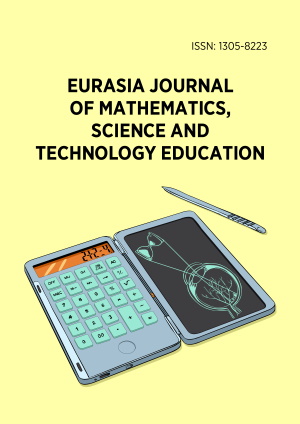Abstract
Learners’ poor mathematical knowledge is often associated with teachers’ ineffective teaching. This problem affects the development of society. Meanwhile, teachers’ perceptions of mathematics influence their teaching of the subject. By implication, teachers’ perceptions of mathematics are crucial to learners’ success in mathematics. This study investigated South African junior secondary mathematics teachers’ (JSMTs) perceptions of mathematical connections. This study purposively sampled six teachers. Data were collected through semi-structured interviews and analysed using an inductive thematic data analysis approach. The findings suggest that teachers’ views of mathematical connections are limited and lack the inclusion of using different representations of mathematics. Their perceptions that mathematical connections involve scaffolding and improve learners’ mathematical knowledge are consistent with existing research. This study recommends targeted professional development, focusing on teachers’ knowledge, perceptions, and access to curriculum resources for effective mathematical connections in practice. This study contributes to effective mathematics teaching and teachers’ professional development.
License
This is an open access article distributed under the Creative Commons Attribution License which permits unrestricted use, distribution, and reproduction in any medium, provided the original work is properly cited.
Article Type: Research Article
EURASIA J Math Sci Tech Ed, Volume 21, Issue 9, September 2025, Article No: em2703
https://doi.org/10.29333/ejmste/16883
Publication date: 05 Sep 2025
Article Views: 2665
Article Downloads: 1403
Open Access References How to cite this article
 Full Text (PDF)
Full Text (PDF)